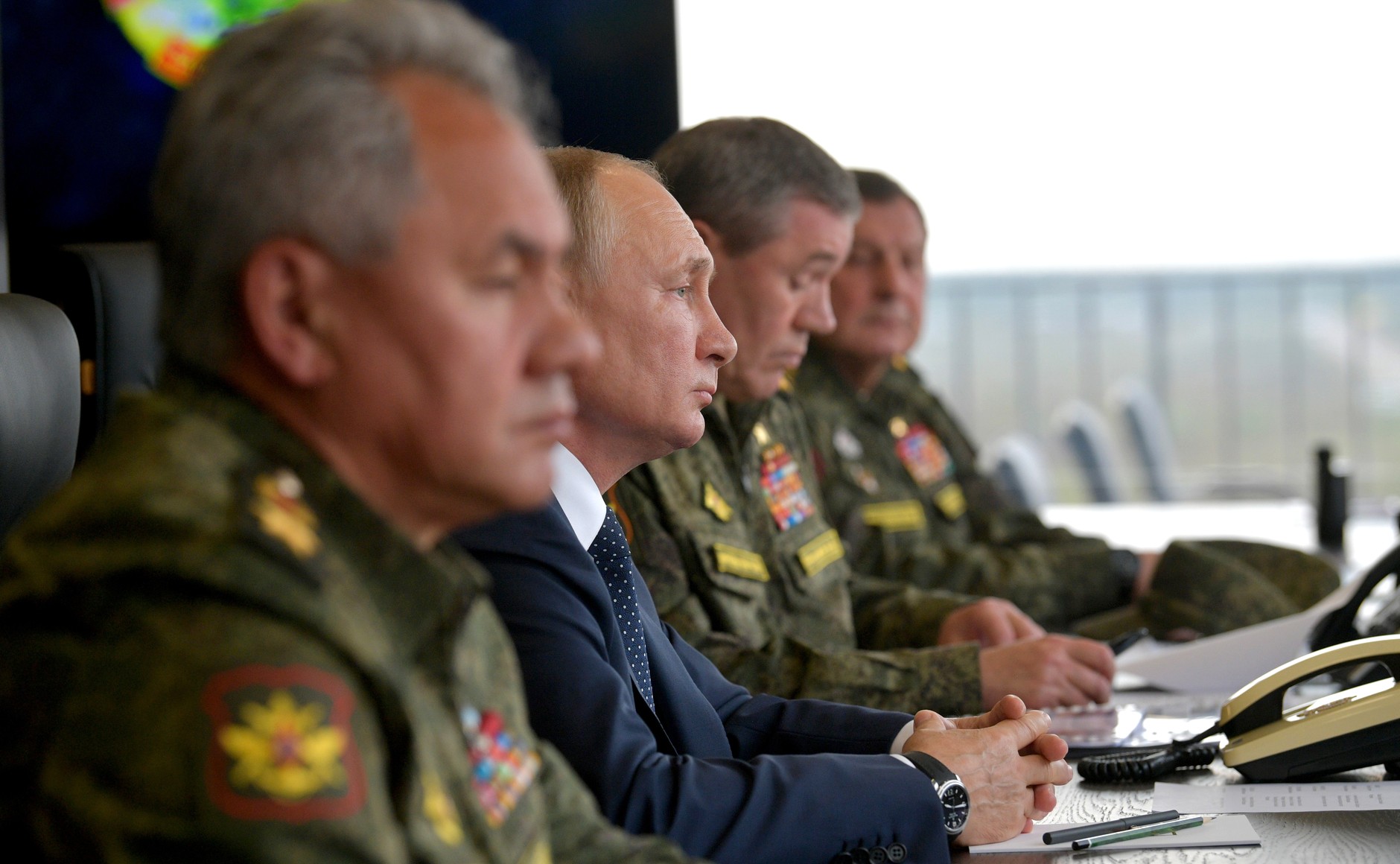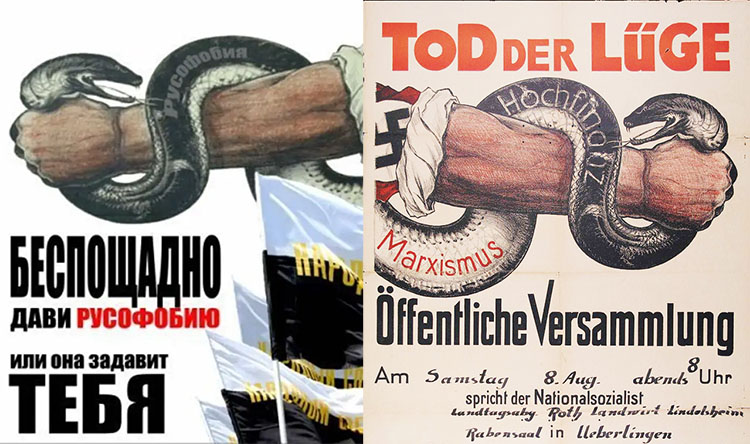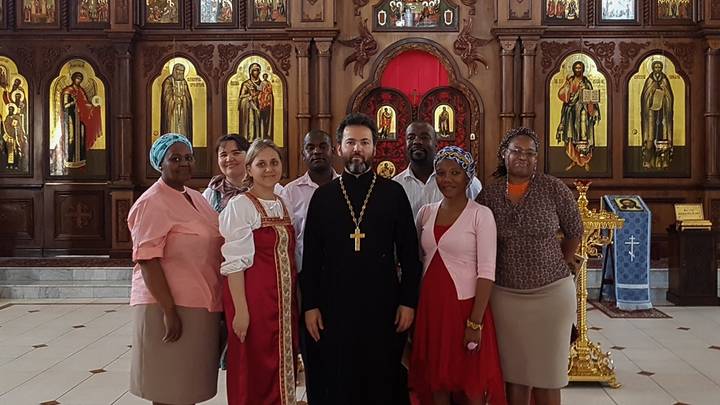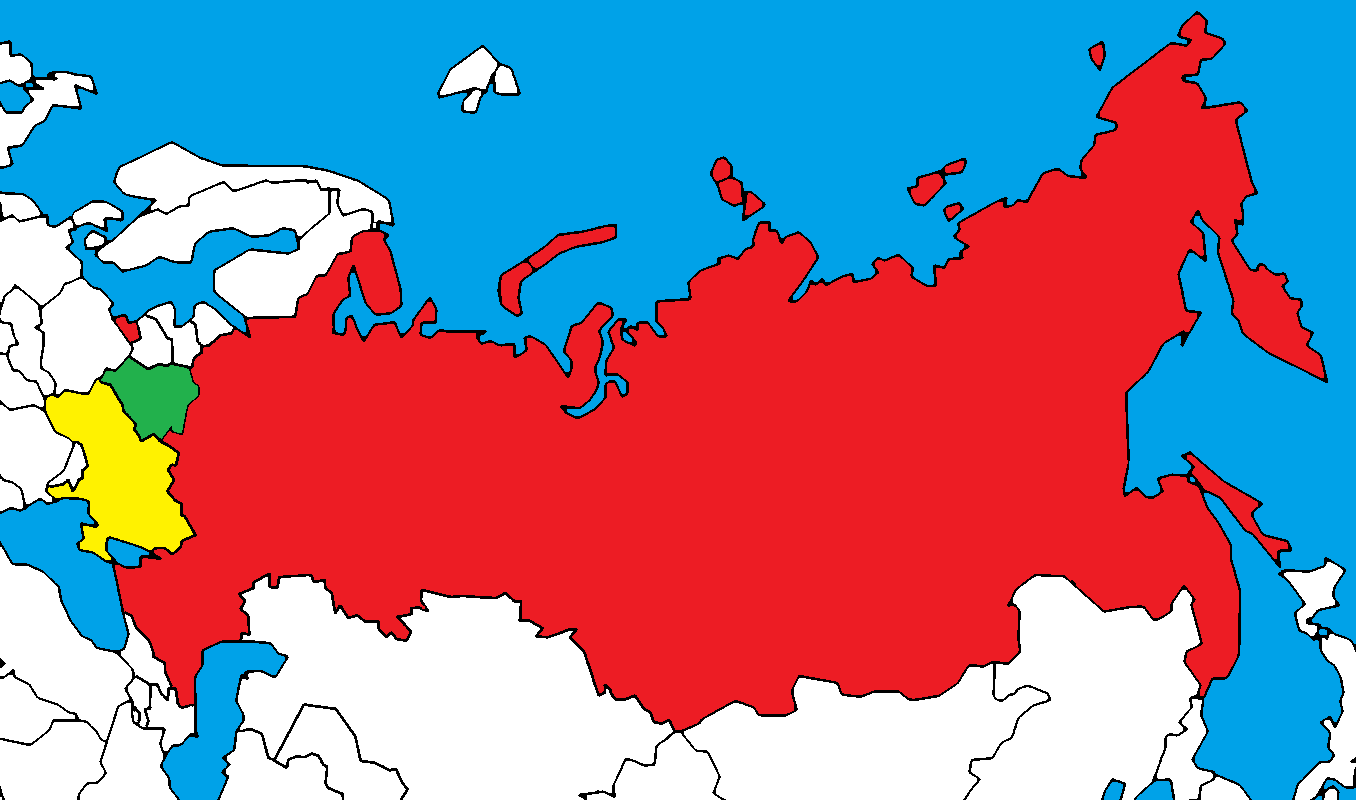The authors of the study researched the long-term strategy pursued by Russia and the objectives it attempts to achieve based on the accounts of the Russian leadership, policy-makers, and experts. Further, the authors compared the claimed objectives to the actual actions of Russia in order to find out how much what Russia does is aligned with what Russia hopes for in the long-term perspective.
Here are the key findings of the paper.

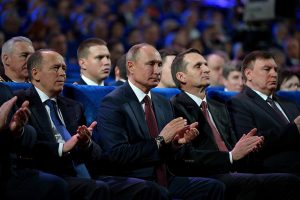
A grand or high strategy of a country describes the country’s enduring interests and the way it is going to defend or advance such interests within domestic and international constraints countering assumed threats.
Understanding Russia’s grand strategy, which is its long-term strategy of furthering the country’s interests, can help the US anticipate the Kremlin’s actions and reactions to avoid strategic surprise and “assess the depth and nature of potential conflicts between Russia and the United States,” according to the researchers.
The grand strategy is not only a set of goals the country leaders’ rhetoric and key documents proclaim but it also can be understood and tested against reality through researching the country’s patterns of behavior. That’s why the report’s authors not only broadly outline the grand strategy as the Russian leadership declares it, but also test key stated points against Russia’s actual actions.
- Read also: “Wrong time to relax”: Ukrainian intel chief says no end to hybrid war while Putin in power
According to the authors, Russian decisionmakers
“believe that the current international order is transitioning from a Western-centric, US-led unipolar system to a polycentric world… From the Kremlin’s point of view, this transition is not only inevitable but also desirable, because it will result in greater global stability and prosperity and a more prominent role for Russia as a regional leader and major power.”
According to the perspective of Russian decision-makers, the transitional period, however, would likely see rising geopolitical instability with greater potential for conflicts. They believe that the West is going to “engage in destabilizing behavior as it resists its inevitable relative decline.”
This presumption leads them to the conclusion that Russia would need a strong military to be able to defend its national interests from various threats, “particularly those emanating from within its immediate neighborhood.”
Thus, Moscow attempts not only to get through the alleged transition period of instability but also seeks to accelerate the transition to the polycentric world whenever it sees any opportunity. With the completion of the expected transition, Russia hopes for restored stability to come “characterized by cooperation among great powers that respect one another’s vital interests.”
Key findings
The authors of the report singled out six major elements from the broader themes of Russia’s declared grand strategy.
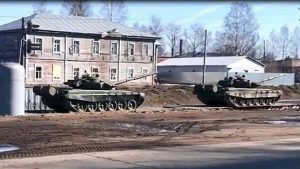
- Russia should be prepared for “domestic instability and interstate war” which represent an increasingly integrated threat.
- In its immediate region, Russia is going to pursue “a benign leadership role” for maintaining its influence in the area.
- Russia should be ready to respond both to “limited small wars on the periphery” and to “non-contact” warfare eventualities with adversaries.
- There is no need to develop an extra-regional military capability as Russia should be focused on regional contingencies in its neighborhood.
- Russia doesn’t want to weaken the West but rather seeks “selective cooperation while taking steps to limit the West’s ambitions and change its foreign policy behavior.”
- Russia shifts its political and economic focus toward what it calls “new centers of power” – Brazil, China, etc – away from the West, which it “believes to be in relative decline.”
Having analyzed those elements in detail by testing the listed expectations against actual Russian actions and decisions, the researchers found five overarching implications.

However, while Moscow normally tries to match its actions with claims, its efforts “at times fall short of its rhetoric,” according to the authors.
The consequences of the Ukraine crisis and further events have “altered Russia’s political, economic, and military outlook,” the study reads.
Opposition to Russia’s plans in post-Soviet Eurasia and the country’s shaky economy limit Moscow’s ability to implement its lofty ambitions even in its immediate neighborhood, let alone worldwide, the paper says.
The authors point that Russia believes in many emerging threats so that it attempts to create buffers against instability on multiple fronts, which not just often prevents the effective implementation of the declared strategy, but also further constrains the country’s already limited resources.
Russia attempts to implement the strategic objectives it states, but when it fails, new realities that emerged force it to adapt the country’s objectives to them.
As examples, the study mentions these facts:
- Russia failed to achieve “true leadership” in the neighboring area due to the resistance from its neighbors.
- The return of large-scale ground warfare, according to the study, seems to have returned to Russian force planning due to the war in Ukraine, a contingent event.
- Finally, having failed to achieve a desired relationship with the West, after 2014 Russia “resorted to assertive tactics that are too controversial to include in a stated strategy.”
Considerations
Formulating their considerations for US Army planners and policy-makers, the authors highlight that
“Russia uses coercion (including, at times, military force) in the region not to impose total control but to prevent neighboring states from integrating with rival economic and security blocs.”
Thus, the study predicts that strategic competition is going to remain “intense around Russia’s post-Soviet Eurasian periphery.”
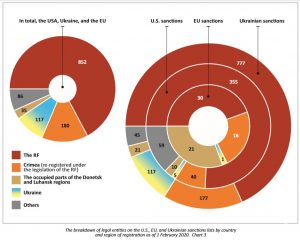
The authors don’t see a possibility for the Russian military to be able to “excel at the multiple priorities it is pursuing simultaneously” with the Russian military spending expected to be stagnant through 2021. Among those priorities, the study lists fighting in Ukraine and Syria, developing hypersonic weapons, modernizing nuclear and conventional, forces and several others.
Meanwhile, the paper expects that Russian special forces, private military contractors, and intelligence operatives “will increasingly be used abroad, including in areas where the US military is present.”
Read the full text of the study “Russian Grand Strategy. Rhetoric and Reality” online on the RAND website.
Read more:
- Volodymyr Horbulin: Seven steps to defeat Russia in the wars of the future
- Timothy Snyder: Ukraine is but one aspect of a much larger strategy that threatens European order
- Forced migration in Crimea as part of Russia’s ‘hybrid’ strategy
- Russia’s triple strategy of proxy war used against Georgia in 1920 and now
- Russia’s strategy in the Sea of Azov: The Kerch Bridge, artificial shipping delays and continued harm to Ukraine
- The quiet front: the battle of identities in occupied Crimea and Donbas
- How Russia uses think-tanks to promote its foreign policy agenda
- Deconstructing Putin: it is time the West learned to be bold
- What if? Hybrid War and consequences for Europe (part 1)
- Putin regime “on the road to committing suicide,” Piontkovsky says
- Russia flexes its muscles on Ukrainian borders, but a full-scale attack will cost too many lives, experts say (2020)

